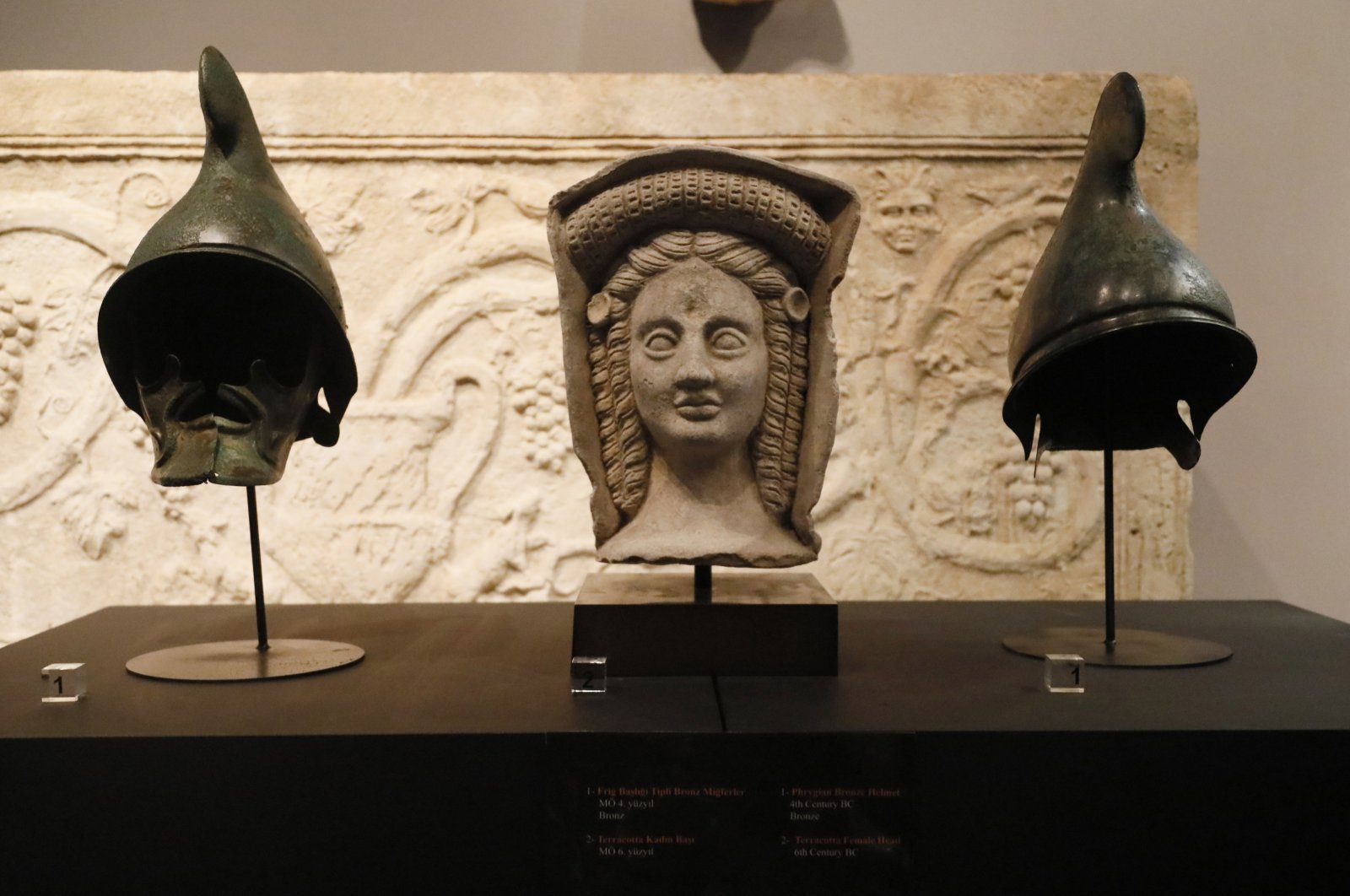Take a step back into history in Turkey
Turkey, with its rich history and abundant ruins, is sometimes described as one big, outdoor museum.
The fabled city of Troy and the classic Greek and Roman settlement of Ephesus are just a couple of the many open-air remnants of empires that swept through this crossroads of Europe and Asia.
Along Turkey’s “Turquoise Coast,” lapped by the azure waters of the Aegean Sea, there also was a lesser known, enigmatic Lycian culture that thrived more than 2,500 years ago, and left impressive cliff-side, rock tombs that can be visited today.
My wife and I, always happy to be bicycling, signed up for a week-long, boat cruise along the Lycian Coast last October that included daily cycling with visits to ancient ruins and sleepy coastal and mountain towns.
Prior to embarking on the boat and bike tour, we spent three days in Istanbul, taking in the sights and sounds of a city bustling with 15 million inhabitants and dotted by minarets and mosques, such as the world-class Hagia Sophia, and intriguing Topkapi Palace with its sultan’s harem, sacred Islamic objects, and collection of eye-popping emerald and diamond jewels.
We would cap off our trip to Turkey with an adventurous drive in a rented car to Ephesus, brimming with well-preserved stone monuments and a copious history. There, Alexander the Great entered the city in triumph after defeating the Persians in 334 B.C.
Three centuries later, Roman general Mark Antony and his wife, Egyptian Queen Cleopatra, spent time in Ephesus with a fleet of more than 500 ships, preparing for a naval battle, one they lost to rival Roman General Octavian, who then clinched the role of emperor.
Ephesus also is the site of one of the original Seven Wonders of the Ancient World — the temple of the fertility goddess Artemis. Today, only a lone standing column of the once resplendent structure remains.
Ephesus also was a vital center for early Christianity. It is where the Apostle Paul lived and where he began spreading the Gospel into Asia. It is also one of the cities mentioned in The Bible’s Book of Revelations.
A legend, first promulgated in the fourth century, purported that Mary, the mother of Jesus, may have spent the last years of her life in Ephesus. We watched a steady parade of buses drop tourists at the small mountain chapel dedicated to the Virgin Mary, which has also been visited in recent years by three popes.
Believers fill up empty bottles with the water that seeps from an adjacent grotto, it is considered blessed, and leave scrawled notes asking for Mary’s intercession to cure illness and other maladies.
“Ephesus is fabulous. I see different things every time I go,” said Sandy Meadows, a Santa Rosa resident who was last there in October 2022. “It’s so intact … I could see another life and another time.”
Meadows, a travel adviser and tour leader, said it was especially rewarding to take an octogenarian woman to the nearby House of the Virgin. “It was her dream to go there” and when the woman arrived “she literally broke down in our arms. It was like a miracle for her. It meant so much to her.”
Meadows also reveled in seeing the Library of Celsus at Ephesus, an architectural marvel that is considered the third largest library in the Greco-Roman Empire.
Its 12,000 scrolls embodied the Roman values of sharing knowledge and growing literacy.
In the expansive, well-preserved ruins of Ephesus there are terraced roman villas and baths, mosaics, frescoes and marbled streets, remains of temples and marketplaces, a frieze of Nike the goddess of victory, and an imposing stone gate dedicated to the Emperor Augustus.
There is a huge amphitheater that held 25,000 people, used initially for dramas, then for staging gladiatorial combat in later Roman times.
On the same trip, Meadows’ cruise ship also docked in Istanbul, but she confessed to being disappointed by the heat and crowds trying to get into the attractions. As a tour leader, “I was herding 65 people,” she said. “It wasn’t the experience I was hoping for.”
She said her group did have a fun time at a restaurant they’d reserved, that had an interactive belly dancer.
Last October, when my wife and I visited, we found the crowds more manageable, even if we had to stand in line for the celebrated Blue Mosque, a masterpiece of Ottoman architecture, and the older Hagia Sophia, the magnificent sixth century church first used as a cathedral for the Christian Orthodox community.
It was converted into a mosque after the Muslim conquest in the mid-1400s.
In the days when Istanbul was known as Constantinople, the capital of the Eastern Roman Empire, five Catholic emperors were crowned in Hagia Sophia.

